What Is Teff Grass – Learn About Teff Grass Cover Crop Planting
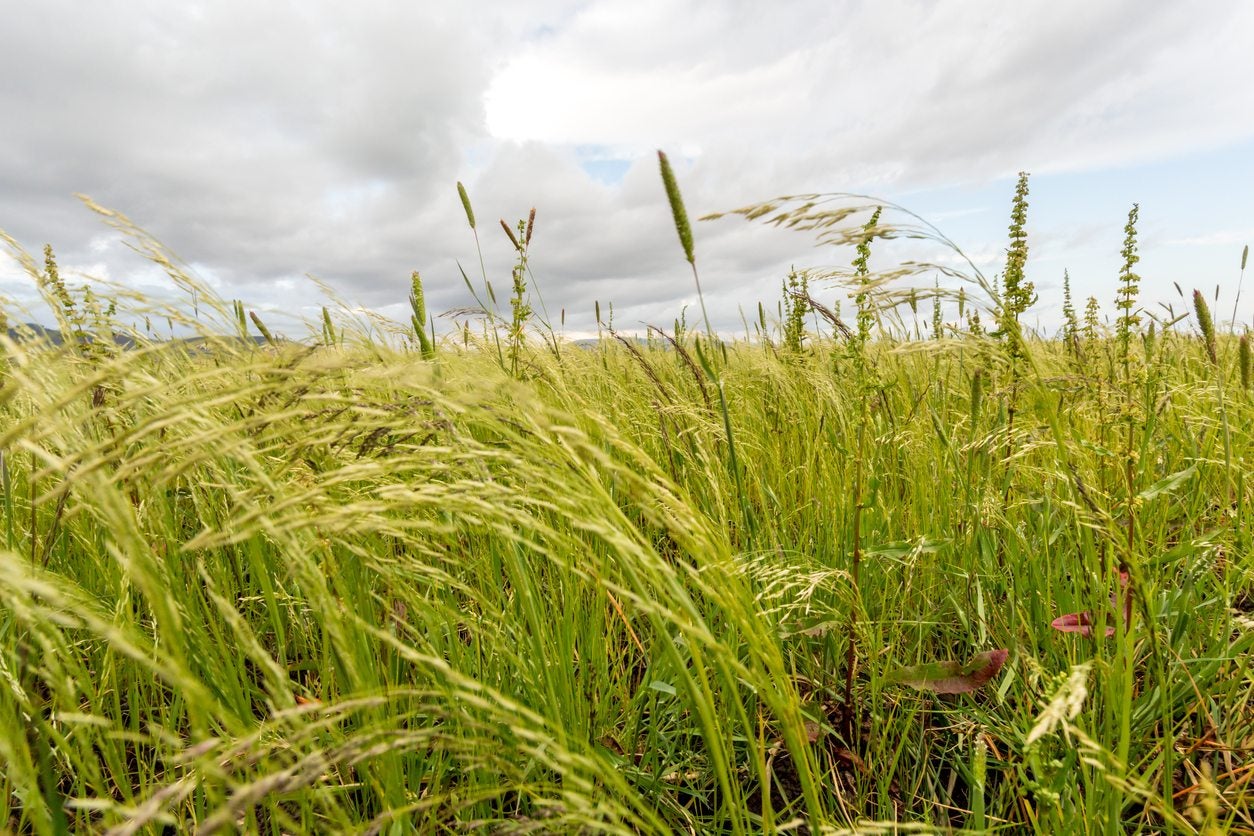
Agronomy is the science of soil management, land cultivation, and crop production. People who practice agronomy are finding great benefits in planting teff grass as cover crops. What is teff grass? Read on to find out how to grow teff grass cover crops.
What is Teff Grass?
Teff grass (Eragrostis tef) is an ancient staple grain crop thought to have originated in Ethiopia. It was domesticated in Ethiopia in 4,000 to 1,000 B.C. In Ethiopia, this grass is ground into flour, fermented, and made into enjera, a sourdough type of flatbread. Teff is also eaten as a hot cereal and in the brewing of alcoholic drinks. It is used for livestock forage and the straw is also used in the construction of buildings when combined with mud or plaster. In the United States, this warm-season grass has become valuable summer annual forage for livestock and commercial hay producers that need a rapidly growing, high-yielding crop. Farmers are also planting teff grass as cover crops. Teff grass cover crops are useful for suppressing weeds and they produce an excellent plant structure that doesn’t leave the soil lumpy for successive crops. Previously, buckwheat and sudangrass were the most common cover crops, but teff grass has advantages over those choices. For one thing, buckwheat has to be controlled when it matures and sudangrass requires mowing. Although teff grass needs occasional mowing, it requires less maintenance and doesn’t produce seed, so there is no unwanted offspring. Also, teff is more tolerant of dry conditions than either buckwheat or sudangrass.
How to Grow Teff Grass
Teff thrives in many environments and soil types. Plant teff when the soil has warmed up to at least 65 degrees F. (18 C.) followed by temperatures of at least 80 degrees F. (27 C.). Teff germinates on or very near the surface of the soil, so a firm seedbed is important when sowing teff. Sow seeds no deeper than ¼ inch (6 mm.). Broadcast the tiny seeds from late May through July. Keep the seedbed moist. After only about three weeks, seedlings are fairly drought tolerant. Mow teff to a height of 3 to 4 inches tall (8-10 cm.) every seven to eight weeks.
Gardening tips, videos, info and more delivered right to your inbox!
Sign up for the Gardening Know How newsletter today and receive a free copy of our e-book "How to Grow Delicious Tomatoes".

Amy Grant has been gardening for 30 years and writing for 15. A professional chef and caterer, Amy's area of expertise is culinary gardening.
-
 Looking For Plants To Give You The Soft And Fuzzies? Try These 5 Fuzzy Leaf Plant Options
Looking For Plants To Give You The Soft And Fuzzies? Try These 5 Fuzzy Leaf Plant OptionsLovers of texture, drama, silver foliage and tactile plants will adore these special sensory garden additions. These fuzzy leaf plant options will leave you all aglow
By Susan Albert
-
 Get Ready For A Summer Of Hummers! Grow These Full Sun Hummingbird Plants and Flowers
Get Ready For A Summer Of Hummers! Grow These Full Sun Hummingbird Plants and FlowersIf you’re lucky enough to enjoy a sunny backyard, make sure you are maxing out on your pollinator opportunities and grow these full sun hummingbird plants and flowers
By Tonya Barnett
-
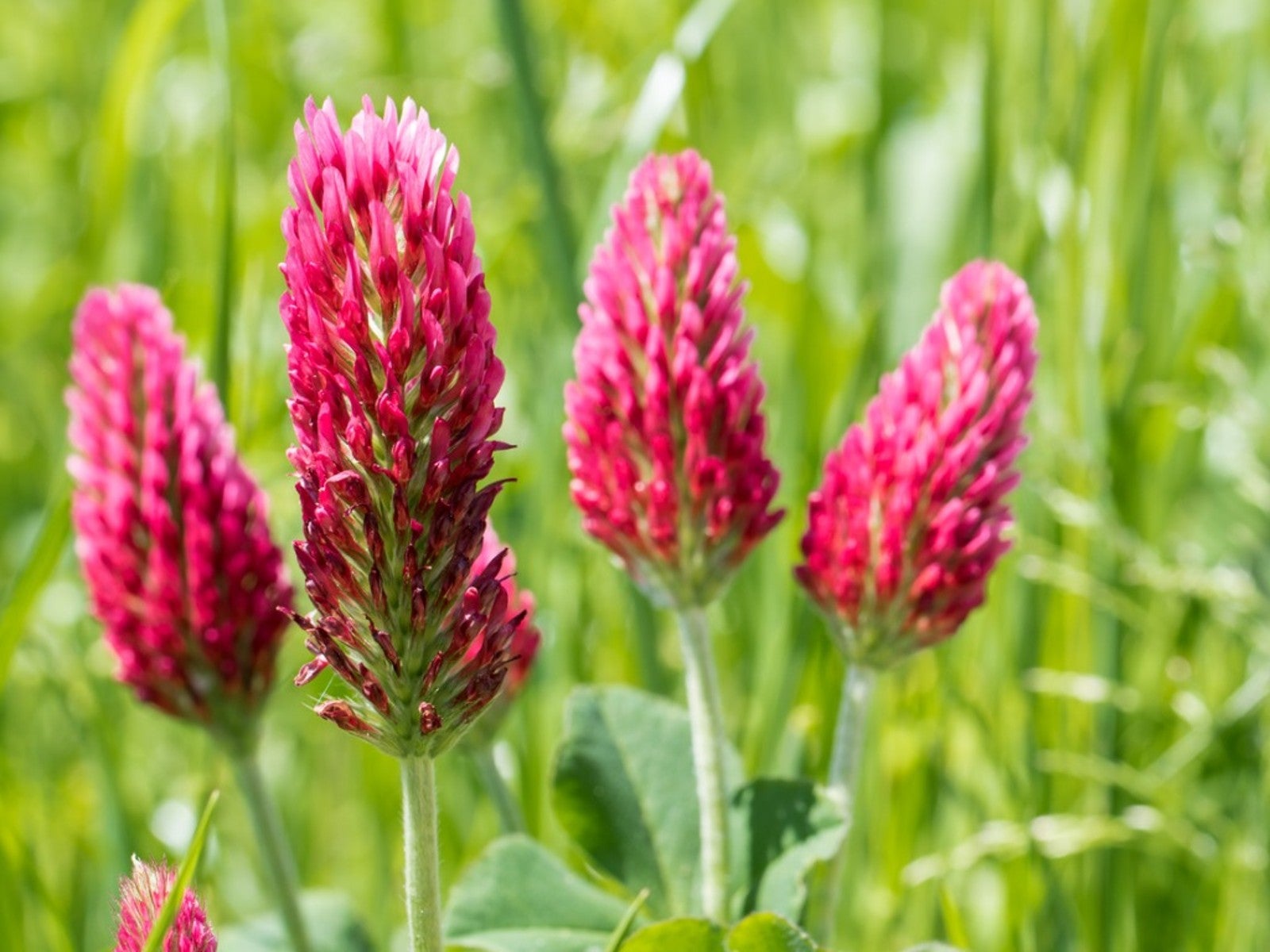 Best Late Summer And Early Fall Cover Crops
Best Late Summer And Early Fall Cover CropsPlanting cover crops is a gift you can give to your garden’s soil. Read on to learn about planting cover crops in late summer.
By Bonnie L. Grant
-
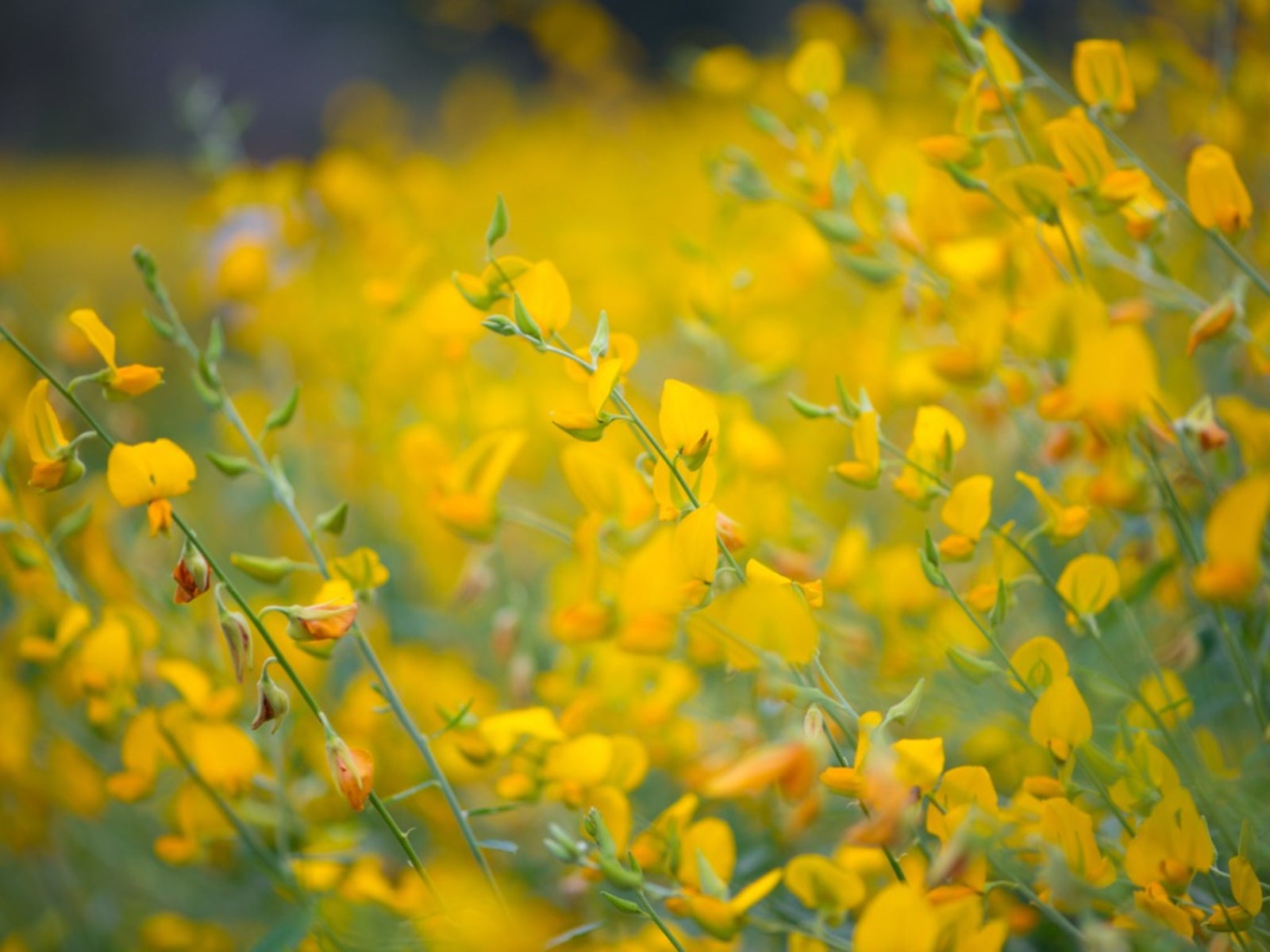 Sunn Hemp Plant Info – Learn Sunn Hemp Uses And Care
Sunn Hemp Plant Info – Learn Sunn Hemp Uses And CareSunn hemp grass is a warm weather grass. Click to learn more about Sunn hemp uses as well as helpful tips on growing Sunn hemp as a cover crop.
By Mary H. Dyer
-
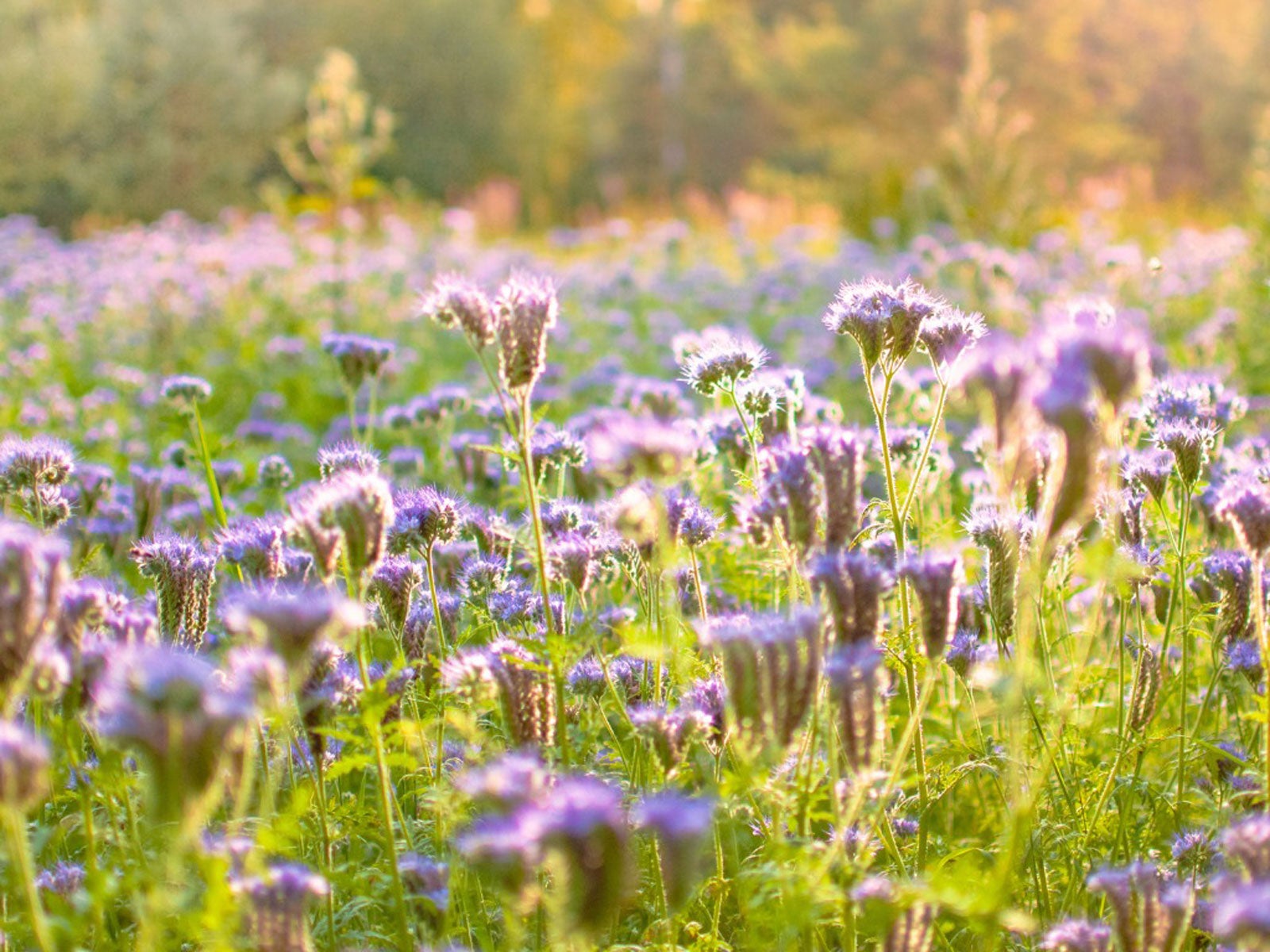 Native Cover Crops: Vegetable Cover Cropping With Native Plants
Native Cover Crops: Vegetable Cover Cropping With Native PlantsAre there any benefits to using native plants as cover crops? Click here to learn more about vegetable cover cropping with native plants.
By Laura Miller
-
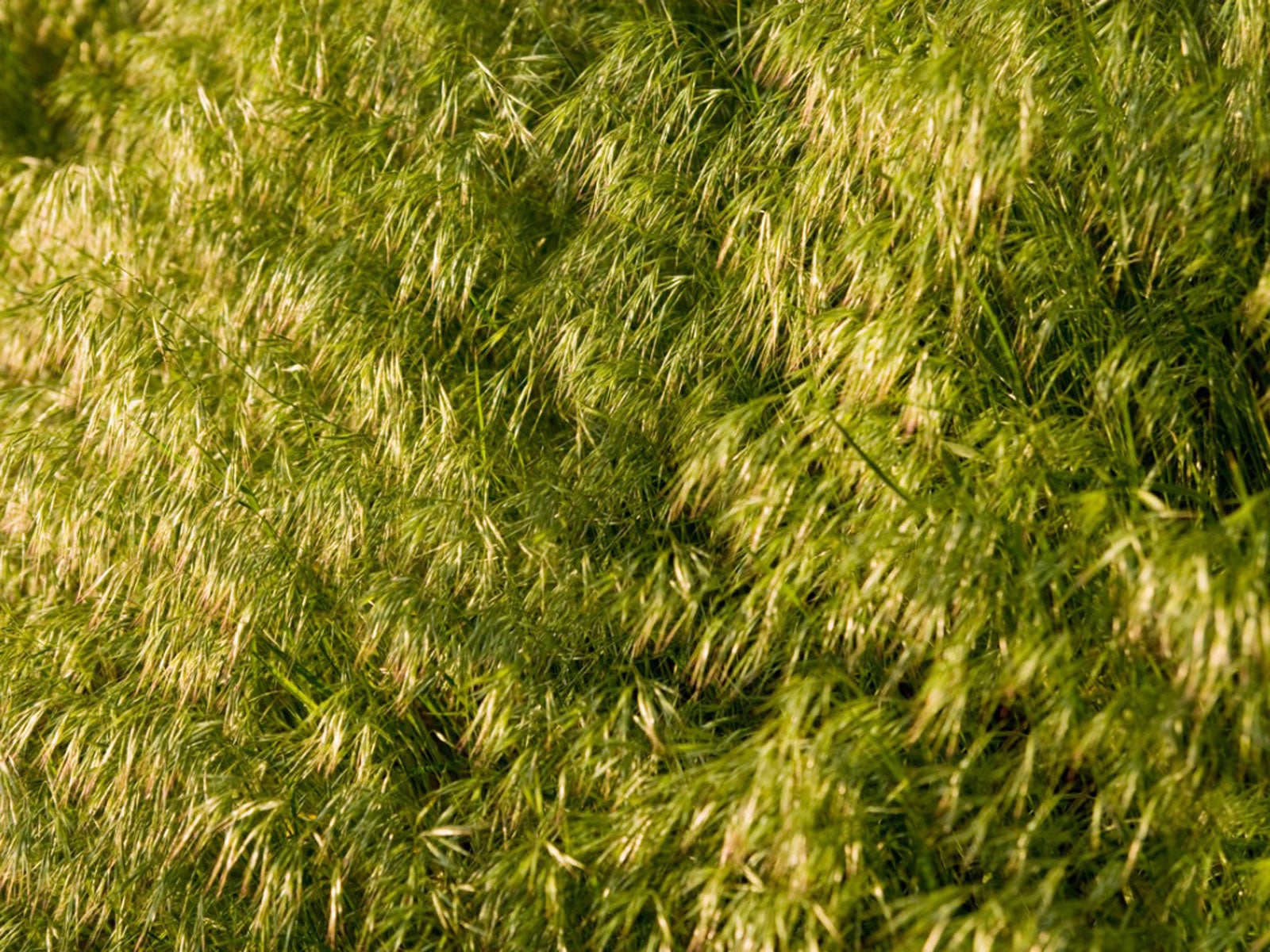 What Is Field Brome – Information About Field Brome Grass
What Is Field Brome – Information About Field Brome GrassField brome grass can be used as a cover crop to control erosion and enrich the soil. For more information, click the following article.
By Laura Miller
-
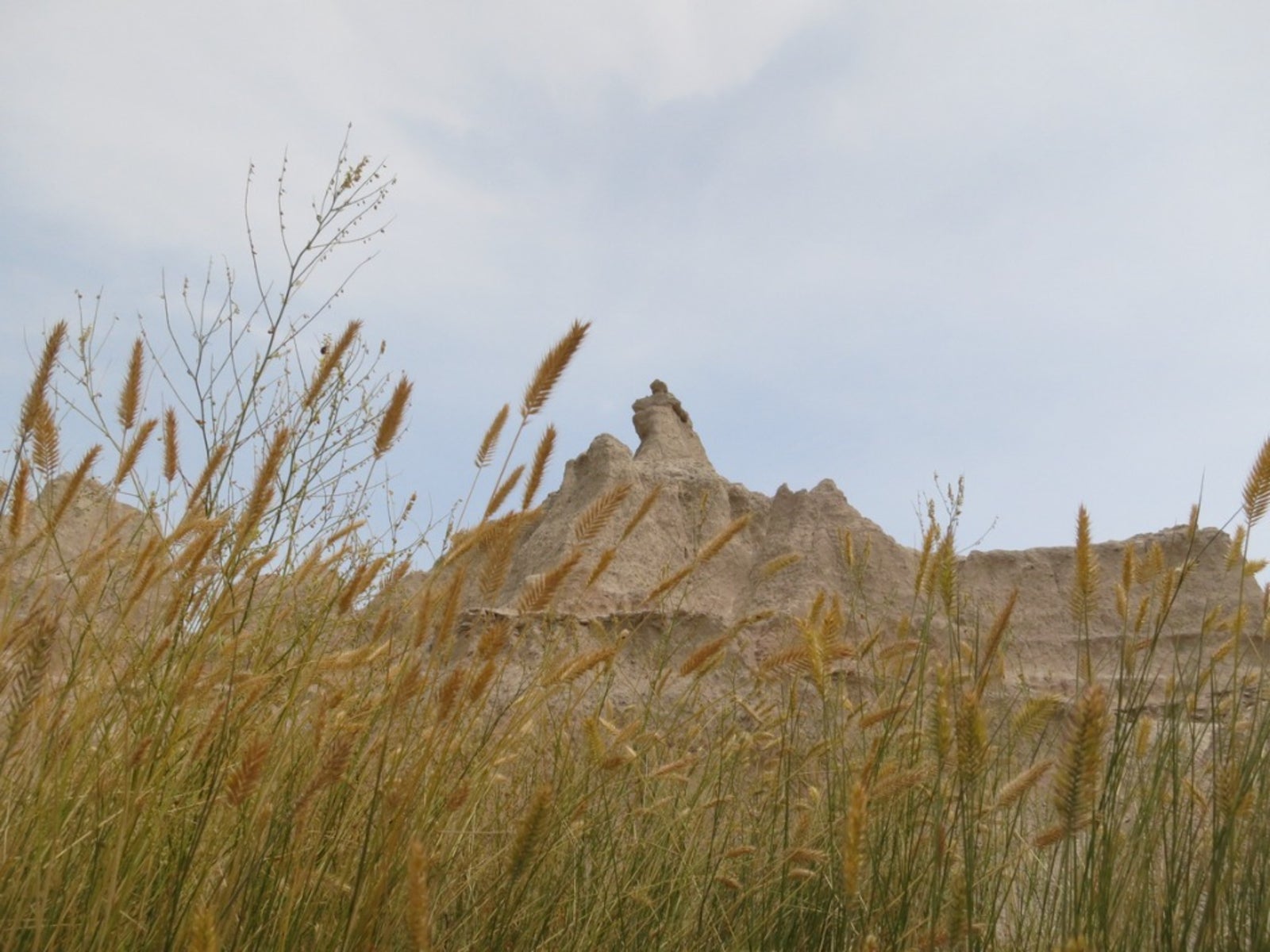 What Is Western Wheatgrass – How To Grow Western Wheatgrass
What Is Western Wheatgrass – How To Grow Western WheatgrassWheatgrass is native to North America and graces the Southwest, Great Plains and mountainous regions of the western U.S. It has some erosion control benefits but using western wheatgrass for grazing is the primary purpose. Learn more about it here.
By Bonnie L. Grant
-
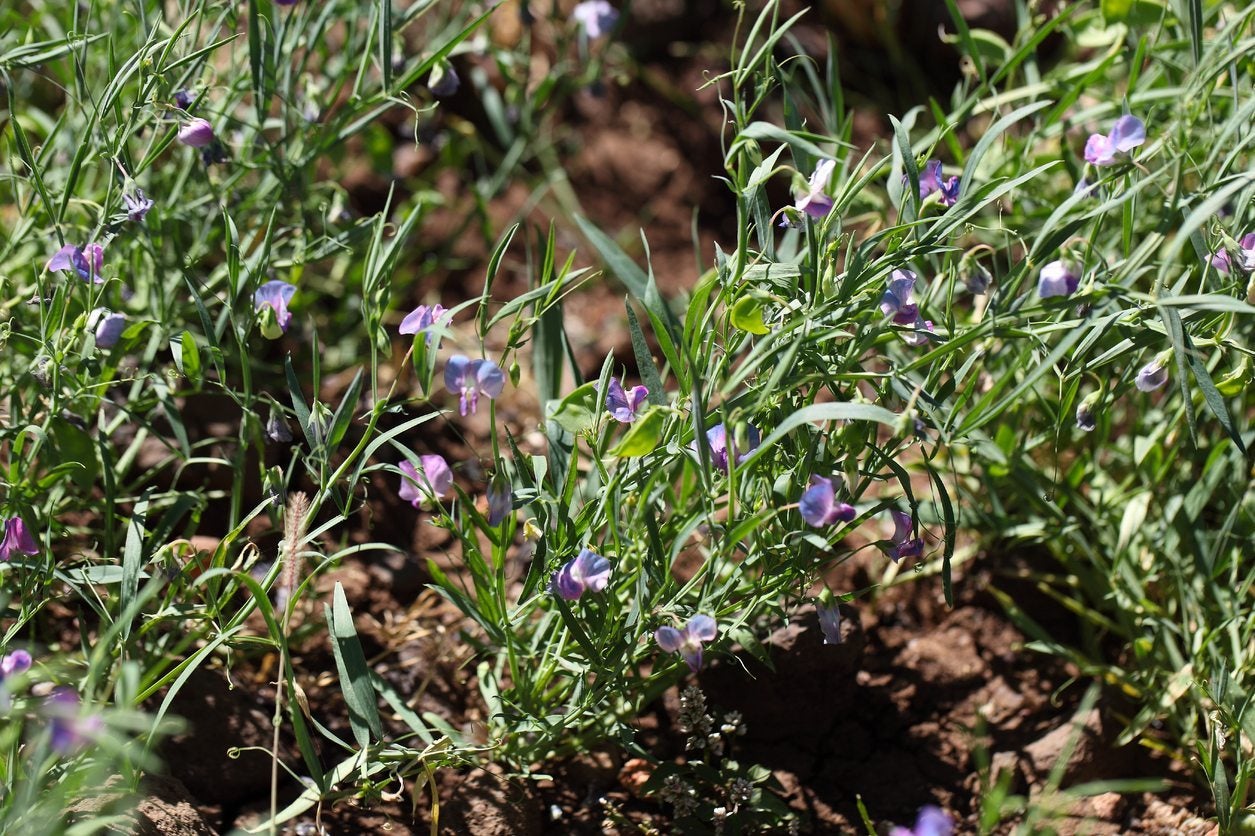 What Is Chickling Vetch – Growing Chickling Vetch For Nitrogen Fixing
What Is Chickling Vetch – Growing Chickling Vetch For Nitrogen FixingWhat is chickling vetch? Also known by various names such as grass pea, white vetch, blue sweet pea, Indian vetch, or Indian pea, chickling vetch is a nutritious legume grown to feed livestock and humans in countries around the world. Learn more about the plant here.
By Mary H. Dyer
-
Establishing Kura Clover: Learn How To Grow Kura Clover Plants
You no doubt have heard about the four-leaf clover, but few gardeners are familiar with kura clover plants. Kura is a forage legume and if you are interested in growing kura as a groundcover or establishing kura clover for some other use, this article will help.
By Teo Spengler
-
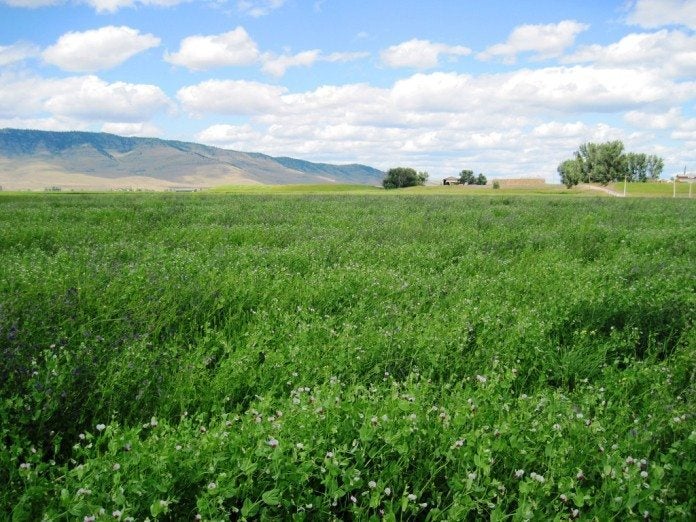 What Are Austrian Winter Peas: A Guide To Growing Austrian Winter Peas
What Are Austrian Winter Peas: A Guide To Growing Austrian Winter PeasWhat are Austrian winter peas? Also known as field peas, Austrian winter peas have been grown around the world for centuries, primarily as a valuable source of nutrition for humans and livestock. Click this article for info on growing Austrian winter peas.
By Mary H. Dyer